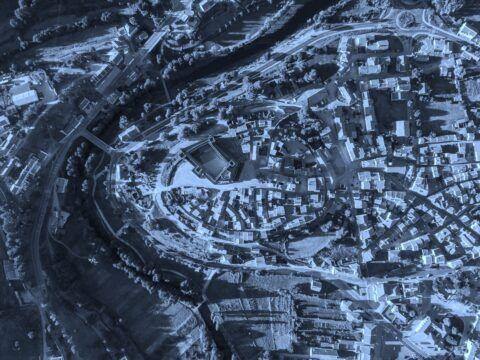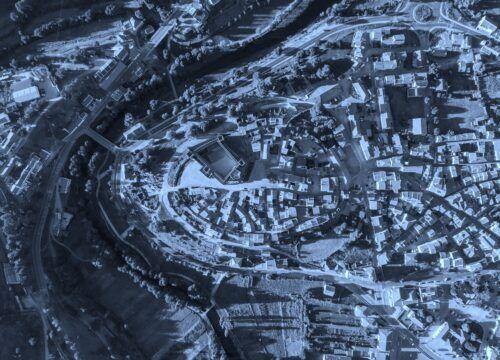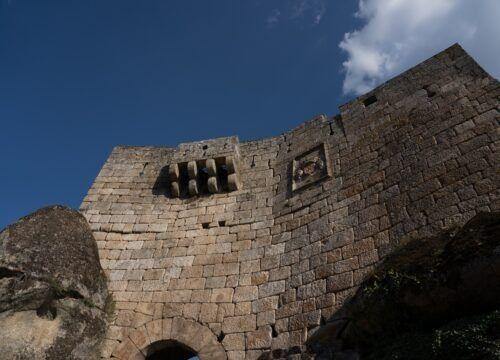Sabugal
SHORT HISTORY
The human occupation of the town of Sabugal dates back to primordial times. Nevertheless, we only begin finding precise references to these lands in the Middle Ages during the Christian Reconquista. Part of the kingdom of León, at the end of 12th century D. Alfonso IX of Leon founded the town of Sabugal and granted it a charter.
D. Dinis, according to the Treaty of Alcañices, 1297, was granted the lands on Côa’s right bank and, in order to secure Sabugal’s defence, the king reinforced the castle with an imposing keep, with a regular pentagonal plan. Simultaneously, the king also confirmed the previous royal charter and the fair charter.
During the reign of D. Manuel, the castle underwent some improvement works, as attested by the shield flanked by armillary spheres and the only gate of the Leonese wall that has survived until today.
During the French invasions it was in the vicinity of the city – Gravato – that the final battle in national territory took place.
FOR A VISIT
The seat of the council, the result of the successive incorporation of the four remaining councils during the second half of the 19th century, is well-known for its castle. Originating from a previous
Leonese building, it was reinforced by D. Dinis, who built a peculiar pentagonal keep.
We can still find a part of the Leonese wall that surrounded the medieval village, with several houses still retaining their traditional characteristics.
Outside the historical area, some places deserve a careful visit: the building of the Town Council, Solar dos Britos, Sabugal Museum (with a replica of the former pillory on the nearby square), as well as two churches: the main church dedicated to Saint John and the Misericordia church. Here, we can see a stone, on
its lateral wall, indicating a cubit (a medieval measuring unit).
The Largo da Fonte is the town’s central point and an emphasis should go to the fountain that gave origin to its name, dating back to 1904 and featuring the ancient municipal coat of arms.
The Côa river surrounds Sabugal and its banks create a river beach and a pedestrian route that connects it to the recreational area between the town’s two bridges.
Near the castle, the bridge we find today was the one built during D. Dinis’ reign, although it underwent successive improvements.
Download the flyer here




